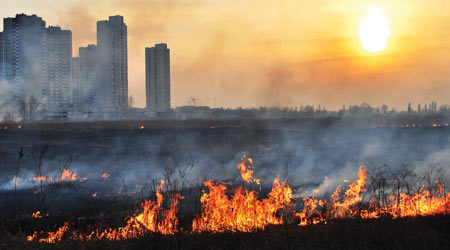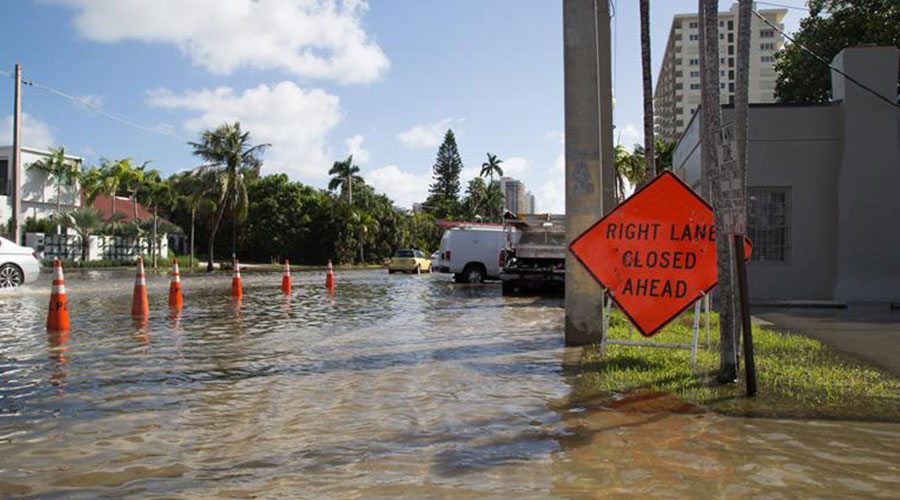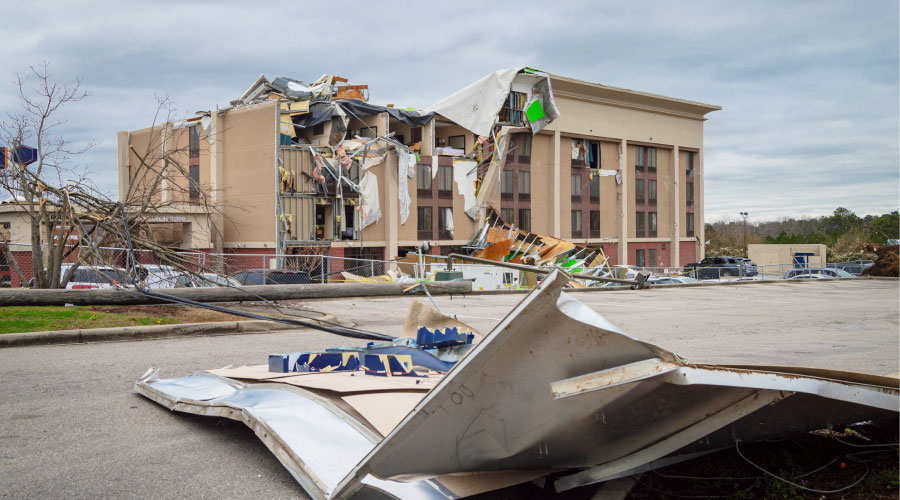 Managers and other emergency planners need to perform risk assessments that identify potential threats to facilities, spotlight specific vulnerabilities, and undertake upgrades to address the problems.
Managers and other emergency planners need to perform risk assessments that identify potential threats to facilities, spotlight specific vulnerabilities, and undertake upgrades to address the problems.Upgrade Opportunities To Improve Facility Resilience
By identifying weaknesses in facilities and plans, managers can improve an organization's resilience in an emergency
Uninvested leadership or communication breakdowns can hinder emergency preparation well before the tornado sirens start blaring. If a manager has been hesitant to upgrade critical equipment such as generator-backed flood lights or computer systems, this might be an irritation in day-to-day work. But in an emergency, it could paralyze a facility.
Managers need to take a systematic approach to examining all equipment necessary for facility operations by examining their age, reliability, necessity, and how often technicians use them for operations, then ranking the equipment from most vulnerable or outdated to least and comparing that with its necessity in an emergency. A generator might be functional, but if it cannot handle the capacity for the system it is linked to for an extended period of time, it might be time for an upgrade.
For example, old handheld satellite phones have given way to satellite technology that connects the entire phone system. This allows managers to maintain published phone numbers, and the technology is more cost effective than the handheld phones.
FirstNet, a cellular priority network sponsored by the federal government, gives the emergency response team top priority communication during a disaster, which is important when thousands of cell phones are competing for access. FirstNet also is one of the first cellular services restored after a disaster.
Health care facilities offer a host of examples of opportunities for managers to upgrade critical equipment to contribute to emergency preparedness.
One example involves aging equipment. Tools such as decontamination shelters, respirators and protective coveralls purchased years ago must be maintained and replaced. While many of these items were purchased with federal grants, those funds are diminishing while the need for the equipment remains the same. Reviewing hazards, vulnerabilities and mitigation strategies can help managers decide which pieces of equipment are priorities.
Managers also should remember that health care facilities remain soft targets, given the increasing rate of workplace violence. Health care security is not only a part of the patient safety program. It also is part of emergency preparedness. Coordinating in-house teams and ensuring they are available during a disaster and not committed to other agencies is crucial.
One common mistake facility leaders make is hesitating to activate an incident command system (ICS) and hospital command center (HCC), which primarily serve to gather information, make decisions, and communicate. Waiting too long to activate these resources can create gaps in the decision-making and communication processes. It is much easier to scale back or close an ICS than it is to start too late.
Better safe than sorry has always been a prudent strategy, and proper preparation pays off in the face of catastrophe. Institutional and commercial facilities have differing roles to play during emergencies, from vital operations to simple shelter. But no matter the function, all involved must understand the plan in a crisis, and it is up to emergency planners to identify those roles.
By prioritizing and proactively addressing potential threats, finding and planning fixes for vulnerabilities, and understanding necessary upgrades to mitigate worst-case scenarios, managers and emergency planners can ensure that no matter the disaster or its severity, the facility will be able to continue operations or bounce back and continue performing its core mission.
Scott Cormier is vice president of emergency management, environment of care and safety at Medxcel specializing in facilities management, safety, environment of care, and emergency management. He leads the development and implementation of emergency management, general safety and accident-prevention programs for a national network of hospitals.
Related Topics:













